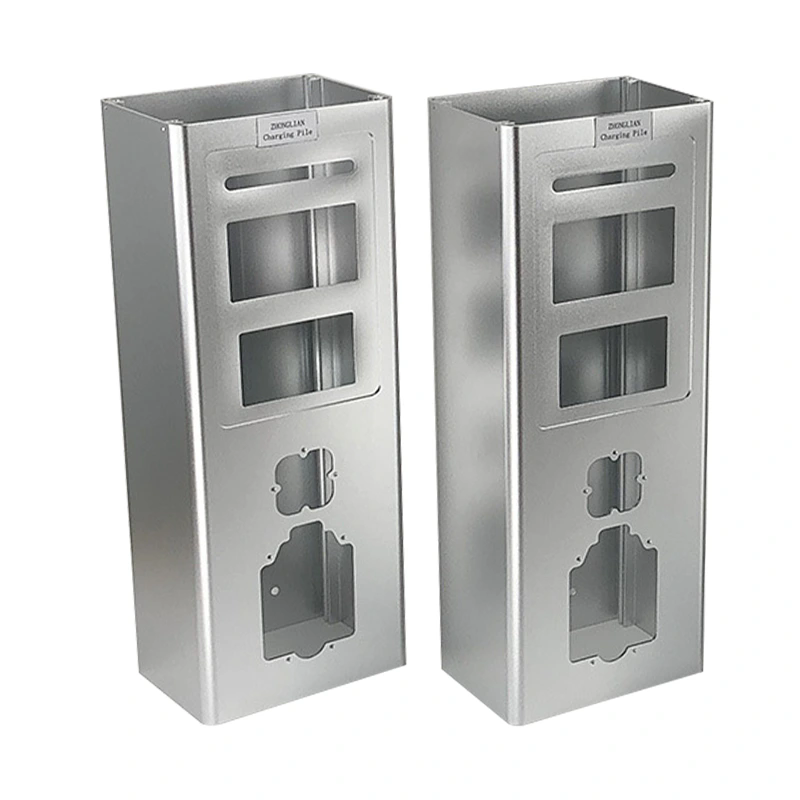Advantages of Aluminium Enclosures
2024-04-26
An aluminum enclosure refers to a protective casing or housing made primarily from aluminum, commonly used to house electronic components, devices, or equipment. These enclosures offer a range of benefits due to aluminum's properties, making them popular across various industries such as electronics, telecommunications, aerospace, automotive, and more.
Here are some key features and advantages of aluminum enclosures:
1. Lightweight: Aluminum is known for its lightweight nature compared to other metals like steel, making aluminum enclosures easy to handle and transport. This is particularly beneficial for portable devices or equipment.
2. Strength and Durability: Despite its lightweight, aluminum is remarkably strong and durable, providing excellent protection for enclosed components. Aluminum enclosures can withstand various environmental conditions, including temperature extremes, moisture, and corrosion, ensuring the longevity of the housed equipment.
3. Corrosion Resistance: Aluminum naturally forms a protective oxide layer on its surface, which helps prevent corrosion and rust. This makes aluminum enclosures suitable for outdoor or harsh environments where exposure to moisture, chemicals, or salt spray is a concern.
4. Electromagnetic Interference (EMI) Shielding: Aluminum enclosures can provide effective shielding against electromagnetic interference, protecting sensitive electronic components from external electromagnetic fields and preventing interference with the device's operation.
5. Thermal Conductivity: Aluminum has excellent thermal conductivity, allowing heat to dissipate efficiently from enclosed components. This helps prevent overheating and ensures the proper functioning of electronic devices, particularly those generating significant heat during operation.
6. Customization and Machinability: Aluminum is highly machinable and can be easily formed, cut, drilled, and welded to create customized enclosure designs tailored to specific requirements. Aluminum enclosures can be produced in various shapes, sizes, and configurations to accommodate different equipment and mounting options.
7. Aesthetic Appeal: Aluminum enclosures often have a sleek and modern appearance, making them visually appealing for consumer electronics, industrial equipment, and architectural applications. They can be finished with anodizing, powder coating, or other surface treatments to enhance their appearance and provide additional protection.
8. Recyclability: Aluminum is a highly recyclable material, making aluminum enclosures an environmentally friendly choice. Recycling aluminum requires significantly less energy compared to primary production, reducing carbon emissions and conserving natural resources.
Overall, aluminum enclosures offer a versatile and reliable solution for housing electronic components and equipment, combining lightweight construction, strength, durability, corrosion resistance, and excellent thermal management capabilities.



